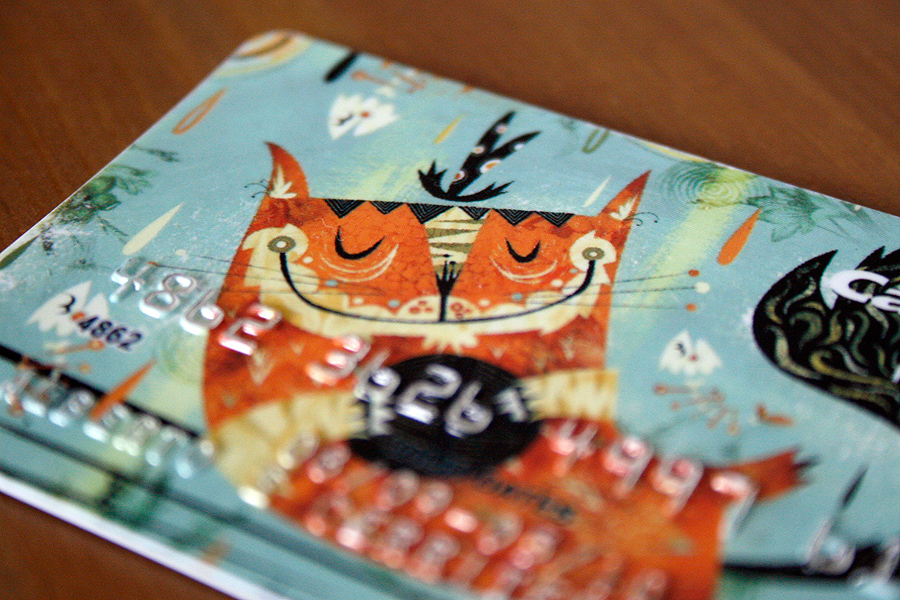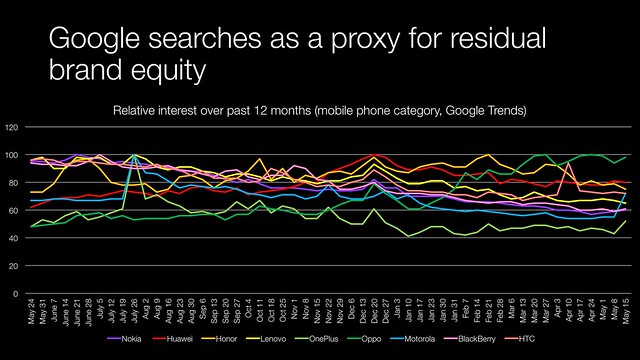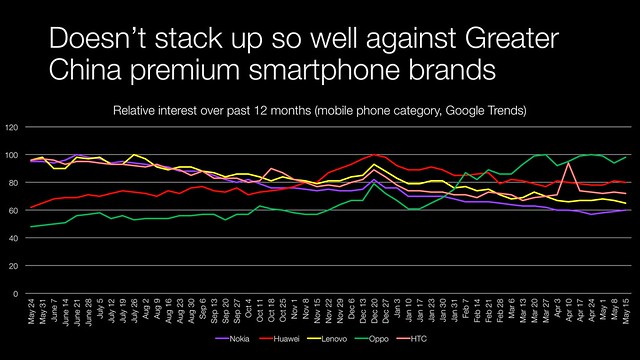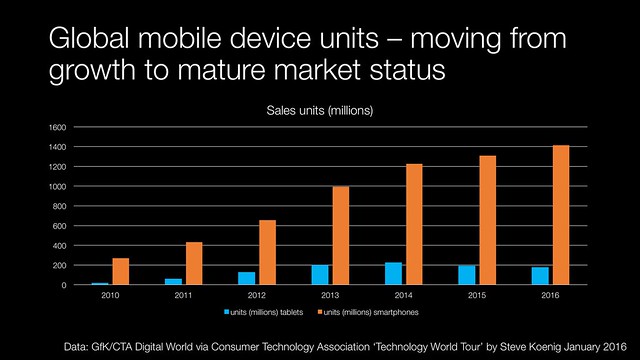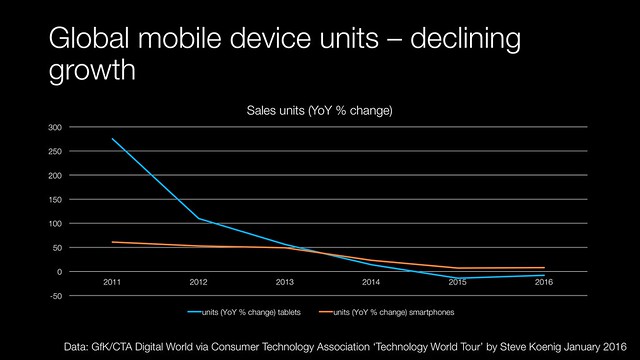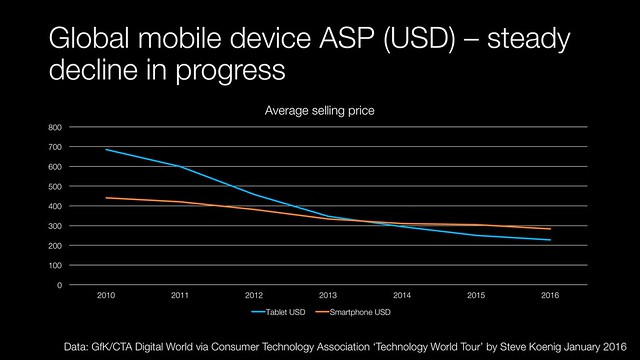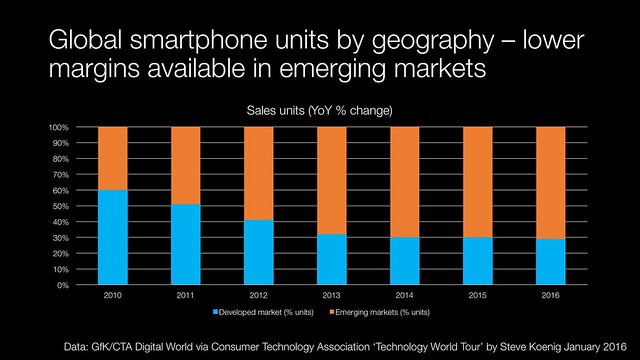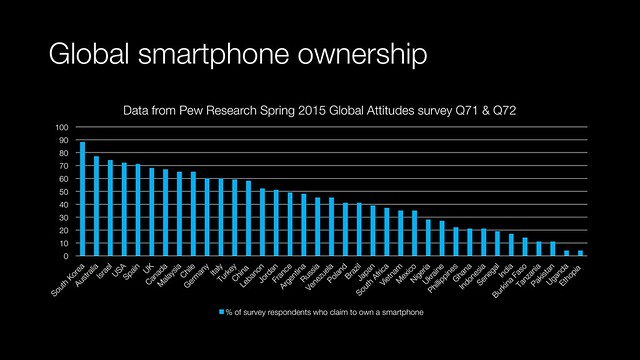Consumer packaged goods innovation – CB Insights put together an interesting presentation on the changing landscape of the consumer packaged goods sector.
The key takeouts for me were:
- The similarity to the technology sector in terms of startups developing a brand and selling out to a bigger firm
- A key part of what they are buying is brand building – an activity that the likes of P&G and Unilever have excelled at in the past. Historically new product launches in CPG has a low success rate. Many brands have been going for decades. The startup acquisitions allow the Unilevers of the world to buy successes and change their portfolios faster
- Start-ups and partnerships focused on process improvements across all business functions from supply chain management to the final interface between customer and product prior to purchase. Success and institutional heritage have baked processes and infrastructure in existing businesses that might hold them back looking at new channels. When I worked on an assignment at Unilever there were best practice guides for everything. These guides were smart and well written with lots of good heuristics in them. But you also had to complete an eight page form to get a search run on a social listening platform
- Premium is defined around consumer values towards the environment rather than ‘luxury’. In this respect the CPG market kind of feels like the early 1990s in laundry products. Ecover started to get prominent place in UK supermarkets. You saw a good deal of product innovation from P&G and Unilever. You had liquid laundry dispensers that went in the tub and were supposed to reduce the amount of water used in the wash. However, pragmatism overran environmental concerns during the recession and supermarket’s own washing powder started to take off. Major brands were accused of brand washing
